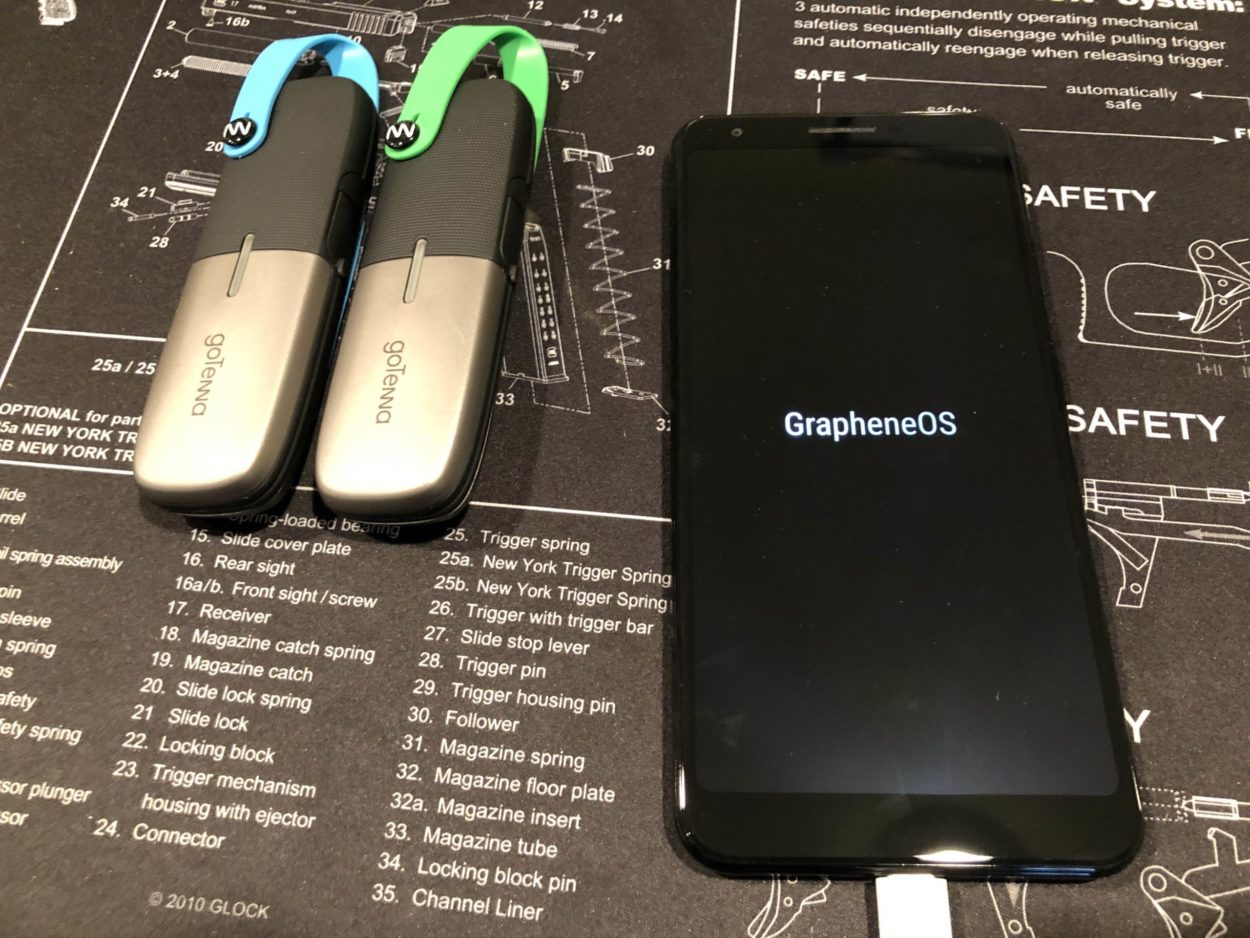
whatchukno about dat burner?
Ironically, the first time I ever laid eyes on the word “panopticon,” was on facebook back in college- some French-Canadian pop-tart (who I oddly never met in person) posted a picture of an early schematic; conceptually, it was as foreign to me as the word itself: basically, it was an English philosopher’s creative approach to imprisonment allowing only one prison-guard to keep watch on all prisoners in view in an effort to maintain their human-right to privacy while paying their debts to society- in a true panopticon, the inmates are unable to see each other except for the prison-guard in the watch-tower.

The post-modern panopticon has been perverted into a far more sinister application to ostensibly organize our geographically dispersed relationships virtually in the form of social-media on-line, free of charge- or is it? How much has every user on facebook truly paid since they first registered? Since the advent of social-media, some users may have paid a higher-price than others- especially if their data, or social-graph in some cases, is somehow more valuable than others…

According to the Electronic Frontier Foundation, the Illinois Biometric Information Privacy Act of 2008 (BIPA) is one of our nation’s most important privacy safeguards for ordinary people against corporations that want to harvest and monetize their personal information, prohibiting companies like facebook from collecting, using, or sharing a person’s biometric information, absent that person’s informed opt-in consent- but really, why is this important? Who cares if your Alexa overhears you get into it with your wife after leaving the toothpaste cap off before heading out to work? Well, what happens if Alexa starts talking to your Ring and then reports it as a domestic-disturbance to the local police department? That could be a real possibility someday if we do not take a stand. Or maybe Siri overhears you opening a tampon box ever so often while you’re ovulating, so it begins tracking your circadian rhythm in an effort to “help” you and of course, themselves, to your data- so what? It’s not like you’ll be up for that regional director promotion anytime soon- right? Unless of course that bitch Karen at the other end of cubicles vying for the same position hires a cyber-mercenary to hack your fitbit account synced to your iPhone- so now she knows when it’s that time of the month to antagonize you in front of others during the next special asset committee meeting so she can look like the more calm, collected, “together” candidate when you’re both up for review…
So what can we do in order to avoid some unethical, greedy, fat, old, lazy slob getting his grubby little hands on our data? Well, we can start by bootloading grapheneOS on to a Google Pixel 3, which is an open-source distro built on a retrofitted version of the Android mobile operating system, as demonstrated within the above screencast via YouTube– think of it as a hardened operating-system designed to prevent Google from tracking your every move not just online but while on the move outside; hell, even your eyeballs traversing the screen rendering this blog-post.
grapheneOS bootload and Install
- Download Android Studio SDK Developer kit.
- CD into ‘Downloads’ folder.
- Unpack Android Studio SDK Developer kit by running
sudo tar -xzf ndroid-studio-ide-193.6514223-linux.tar.gz - After unzipping and installing Android Studio SDK Developer kit, check version of fastboot by running
fastboot --version. - After performing the standard Android updates on the Google Pixel 3A XL within System > Advanced Settings, unlock by the Developer menu by tapping build multiple times until successfully confirmed.
- After entering developer mode, return to System > Advanced Settings then go to Developer Options and enable to OEM Unlocking and USB debugging.
- Next connect Google Pixel 3A XL into laptop- then enter the Developer mode by hitting the bottom volume-button then the power-button simultaneously to prompt the bootloader-menu.
- Run
sudo fastboot flashing unlockto wipe the device and unlock the boot-load menu (NOTE: If you have data saved on a Google Pixel, please ensure to back-up or it will be lost after running this command). - Upon loading the boot-menu, enter the power-button to proceed with the bootload install (NOTE: I didn’t screencast this process due to my multimedia set-up at time of recording, so follow along Matt Odell’s screencast if need be).
- Download the appropriate grapheneOS build for the subject Google Pixel 3A (bonito).
- Access the “Downloads” folder then unzip grapheneOS by running
sudo tar -xzf bonito-factory-2020.06.22.21.zip. - Access the grapheneOS/bonito build folder by running
cd bonito-factory-2020.06.22.21/. - Now flash grapheneOS by executing
sudo ./flash-all.sh. - After confirming successful grapheneOS install, access the boot-load menu one more time (ie holding down volume-down button and power-button simultaneously) to access boot-load menu.
- Lock the device boot-loader by running
sudo fastboot flashing lock. - Double fist-pump for success.

Running grapheneOS on Caterpillar Phones for Predator-Mode?
The many fine folks over at Caterpillar (maker of the big-ass bull-dozers and diesel-engines) licensed their brand to the Bullitt Group of the United Kingdom in an effort to make a heavy-duty phone made to last over forty-days on stand-by mode with one charge; it’s even equipped with a Flir thermal-camera allowing one to see in “Predator-mode” (you photogs out there know what I’m talking about ; – ) for industrial-grade applications like screening abnormal patient temperatures who may be symptomatic of COVID19 or even detect hidden-cameras and microphones hiding in plain-sight.

Unfortunately, if you want a Caterpillar phone as strong on the inside as it is on the outside, you’re out of luck- at least for now- according to my correspondence with an official Caterpillar technical support representative, the Caterpillar S60 and Caterpillar S61 will not support grapheneOS; furthermore, a redditor from reddit/grapheneOS, also said that grapheneOS is incompatible with both subject Caterpillar phones, which is why I upgraded to the Google Pixel 3a XL for this screencasted tutorial.

